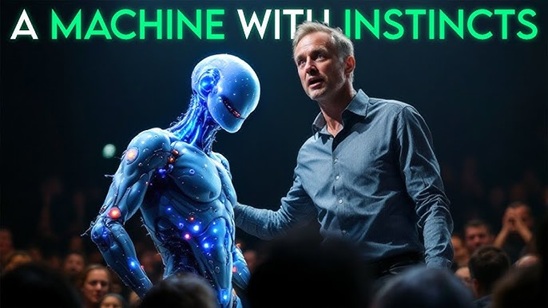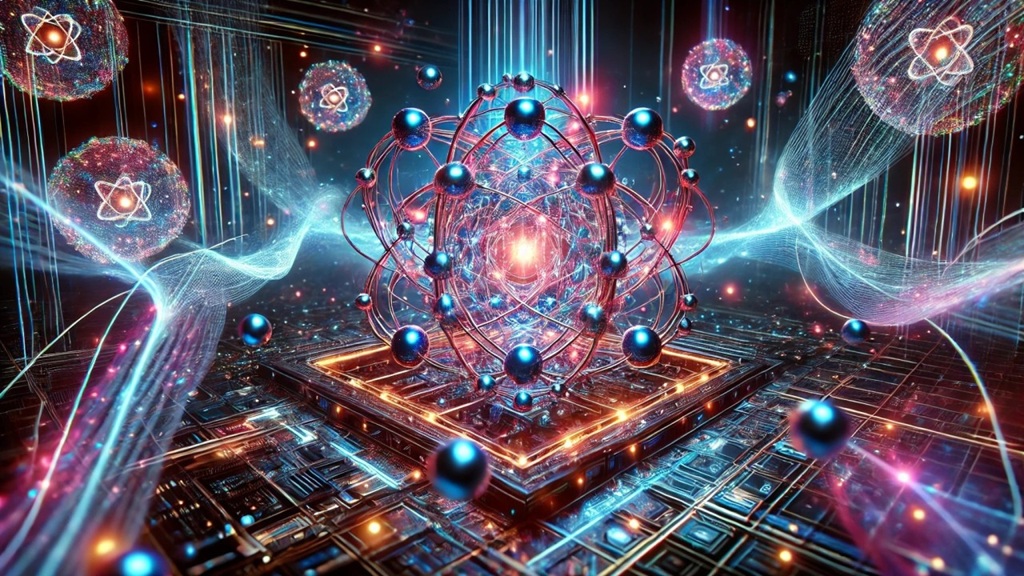
Introduction
Physical Intelligence’s new Pi 0.5 represents a revolutionary approach to robotics by distributing computational intelligence throughout a robot’s body rather than centralizing it in one processor. This distributed architecture enables robots to perform complex tasks in unfamiliar environments without prior mapping or constant network connectivity. The system combines low-level reflexive capabilities with high-level planning to create robots that can adapt to new situations in real-time.
About Pi 0.5
What is Pi 0.5?
Pi 0.5 is an innovative robotic system developed by Physical Intelligence that distributes computational intelligence throughout a robot’s body instead of centralizing it in one processor. This distributed architecture consists of two distinct but complementary layers:
- Lower Layer (Robot Reflexes): A network of “pi nodes” – small computational units embedded throughout the robot’s body (finger pads, joints, silicone surfaces) that handle immediate physical interactions.
- Upper Layer (Robot Common Sense): A vision-language-action (VLA) model that manages high-level planning, object recognition, and task understanding.
Key Innovations about Pi 0.5
Distributed Intelligence (“Pi Nodes”)
- Small computational units placed throughout the robot’s body
- Each node has its own sensors, actuator connections, and neural network
- Nodes make real-time decisions locally without needing to communicate with a central processor
- Reduces latency, communication overhead, and power consumption
Comprehensive Training Approach
- Trained on 400+ hours of mobile manipulation footage in real homes
- Included static robot clips from dozens of environments
- Incorporated cross-embodiment data from simpler robot arms
- Used web data (captioning, visual question answering, object detection)
- Incorporated verbal instruction sessions with human coaching
Real-Time Cognitive Loop
- Generates high-level text thought (e.g., “Pick up the pillow”)
- Converts to physical actions (50 joint angles for a 1-second movement)
- Executes with continuous micro-adjustments from nodes
- Captures new visual information
- Repeats process continuously
Performance Benefits
- Improved Accuracy: 30% better grip accuracy compared to traditional architectures
- Energy Efficiency: 25% reduction in power consumption
- Adaptability: 94% success rate in completely new environments
- Generalization: Performance scales almost linearly with training diversity
- Resilience: Can recover from disruptions and unexpected obstacles
Practical Applications
Pi 0.5 enables robots to perform various household tasks without pre-mapping or constant network connectivity:
- Cleaning and organizing rooms
- Sorting and washing dishes
- Making beds and folding laundry
- Picking up toys and other objects
- Responding to both specific commands (“pick up the round brush”) and general instructions (“clean the bedroom”)
Technical Advantages
- Hardware Agnostic: Can run on simple microcontrollers like ESP32 as part of the Pi Node
- Energy Efficient: Nodes only use necessary computational resources
- Fast Response: 10-millisecond reaction time for grip adjustments
- Flow Matching: Single-pass trajectory generation instead of multi-step diffusion
- Balanced Action Chunks: 1-second movement plans balance completion and adaptability
Video about Pi 0.5
Key Aspects of Pi 0.5 in the Video
Distributed Intelligence Architecture
Pi 0.5 uses “pi nodes” – small computational units distributed throughout the robot’s body. Each node contains sensors, actuator connections, and a neural network that can make decisions locally. This decentralized approach reduces communication latency, decreases power consumption by 25%, and improves grip accuracy by 30% compared to traditional centralized architectures.
Two-Layer System
The Pi 0.5 system consists of two complementary layers:
- Lower Layer (Reflexes): Distributed pi nodes that handle immediate physical interactions and adjustments
- Upper Layer (Common Sense): A vision-language-action (VLA) model that handles high-level planning and understanding
Comprehensive Training Approach
The upper layer was trained on an exceptionally diverse dataset including:
- 400+ hours of mobile manipulation footage in real homes
- Static robot clips from dozens of environments
- Cross-embodiment data from simpler robot arms
- Web data (captioning, VQA, object detection)
- Verbal instruction sessions with human coaching
Performance Results
- In environments similar to training data: 86% language following rate, 83% task success
- In completely new environments: 94% success rate on both following prompts and completing tasks
- Performance increased linearly with training diversity, with optimal results after exposure to approximately 100 different homes
Cognitive Process
The system implements a continuous cognitive loop:
- High-level text thought generation (e.g., “Pick up the pillow”)
- Conversion to 50 joint angles for a 1-second action chunk
- Execution with micro-adjustments from nodes
- Camera captures new frame
- Process repeats continuously
Future Directions
The Physical Intelligence team acknowledges limitations and is working toward:
- Models that learn from their own experiences without human labels
- Systems that can ask clarifying questions during tasks
- Transfer learning between different robot hardware configurations
- Partnerships with organizations operating in complex, real-world environments
Pi 0.5 represents a significant step toward robots that can function effectively in unstructured, unpredictable environments like homes and workplaces, combining immediate physical intelligence with higher-level planning capabilities.
Conclusion
Pi 0.5 represents a significant advancement in robotic systems by combining distributed edge intelligence with comprehensive high-level understanding. The dual-layer approach mirrors biological systems where reflexes handle immediate physical interactions while higher cognitive functions manage planning and adaptation. This architecture enables robots to perform complex tasks in unfamiliar environments without constant network connectivity or pre-mapping.
5 Key Takeaways:
- Distributed intelligence throughout a robot’s body dramatically improves adaptability and reduces power consumption
- Training on diverse environments (100+ homes) enables generalization to completely new situations
- The combination of reflexive nodes and high-level planning creates a system that can handle unexpected disruptions
- Real-time chain-of-thought processing allows the robot to continuously adapt its approach
- The decentralized architecture significantly reduces power consumption, enabling longer operation times


